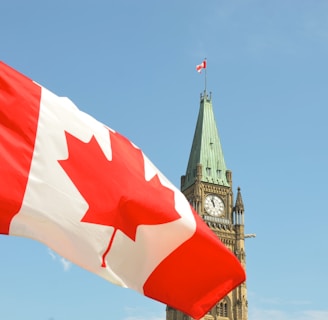Navigating the Differences: Reverse Mortgages in Canada vs. the U.S.
This article sheds light on the distinctions between reverse mortgages in Canada and the United States, aiming to clarify misconceptions often arising from American media influence. While both countries offer a similar product, the operational nuances and regulations diverge significantly.
Martine Perron
9/1/20231 min read


This article sheds light on the distinctions between reverse mortgages in Canada and the United States, aiming to clarify misconceptions often arising from American media influence. While both countries offer a similar product, the operational nuances and regulations diverge significantly.
Key Differences:
Qualification Age: In Canada, both applicants must be 55 or older, whereas in the U.S., only one spouse needs to be over 62. This disparity has led to issues in the U.S., particularly when the older spouse passes away, leaving the younger one under 62.
Legal Requirements: In Canada, applicants must seek independent legal advice, a step not mandatory in the U.S.
Closing Costs: Closing costs and ongoing fees tend to be higher in the U.S. than in Canada.
Post-2014 Revisions: In the U.S., changes in eligibility requirements occurred in 2014, preventing situations where a remaining spouse under 62 could lose their home. No such issues have occurred in Canada.
Mortgage and Lending Standards:
The article highlights the conservative banking approach in Canada, contrasting it with the 2008 financial crisis that affected numerous U.S. banks. This conservative stance ensures a more secure financial environment for Canadian reverse mortgage borrowers.
Similarities:
Despite these differences, certain aspects remain consistent:
Equity Limits: Both countries cap reverse mortgages at a maximum of 55% equity in the home.
Debt Obligations: Borrowers in both countries must clear outstanding mortgages, property taxes, or other loans against the home before receiving funds.
No Monthly Payments: Neither country requires monthly payments towards the reverse mortgage.
In Summary:
While the core idea of providing seniors access to home equity during retirement remains the same in both countries, the article underscores the unique structures and safeguards in place in Canada. These distinctions aim to protect borrowers and prevent scenarios witnessed in the U.S. before 2014. The article invites readers to explore more detailed resources on costs, fees, and alternatives to reverse mortgages in Canada.
Contacts
Martine Perron
martine@martineperron.com
604-353-9254
Arc Mortgage
Vine Group
